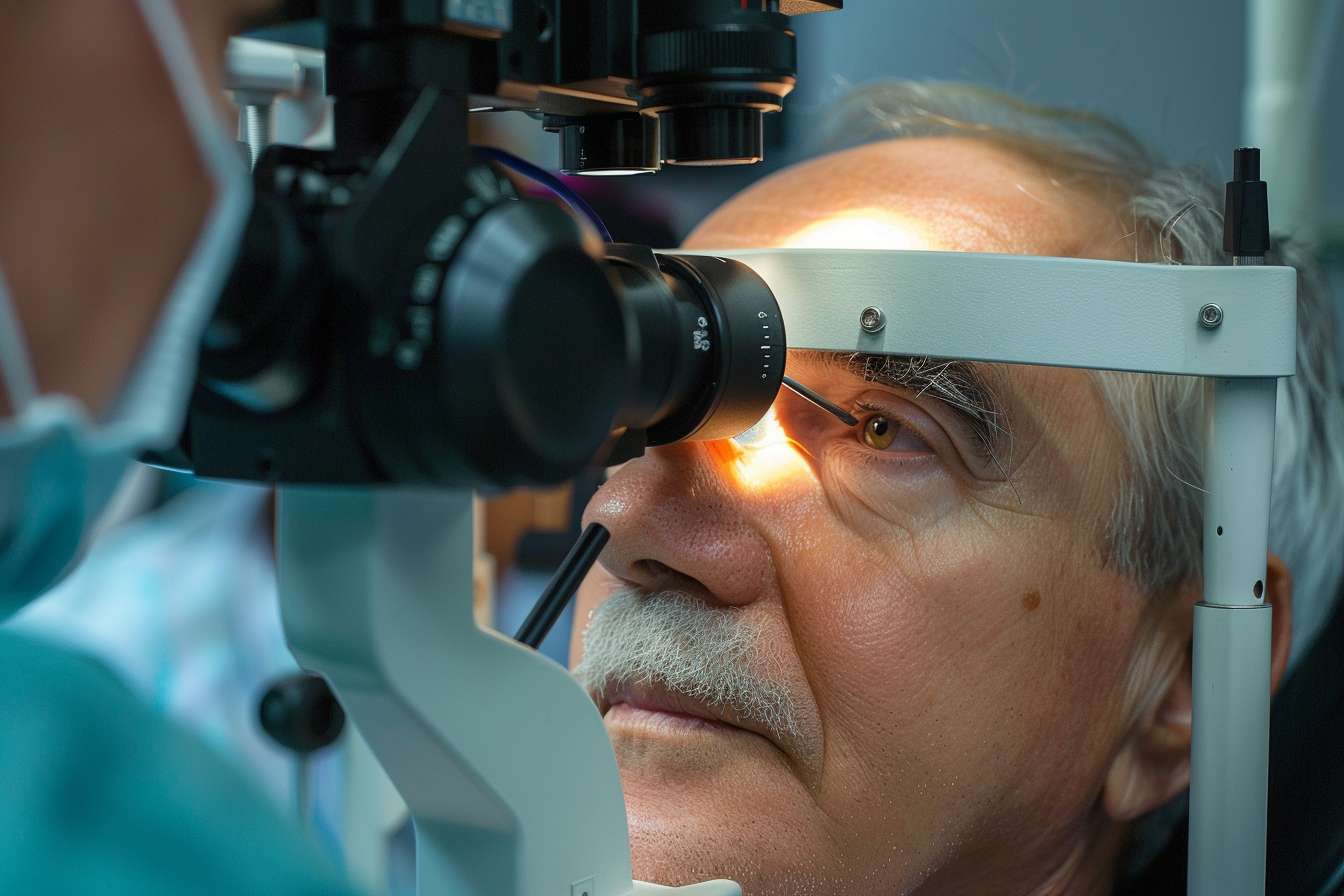Early Indicators and Risk Factors of Myelodysplastic Syndrome in U.S. Adults Over 60 in 2025
Myelodysplastic Syndrome mainly affects adults over 60 and often begins with subtle, easily missed signs. Recognizing early symptoms and risk factors is essential for diagnosis and care. This article summarizes key warning signs and risk considerations for older U.S. adults in 2025.

Defining Myelodysplastic Syndrome
Myelodysplastic Syndrome is a group of blood disorders caused by the bone marrow’s failure to generate enough healthy blood cells. In MDS, immature or faulty blood cells build up and do not mature properly. This abnormal process results in fewer red blood cells, white blood cells, and platelets, leading to symptoms related to anemia, increased infection risk, and bleeding.
MDS is predominantly diagnosed in individuals aged 60 and above, with a median diagnosis age of about 70 in the U.S. While its cause is often unknown, certain risk factors can make one more vulnerable.
Principal Risk Factors in Adults Over 60 in the United States
Influence of Age and Demographics
Age is the most critical risk factor since most MDS cases occur in those over 60. Additionally, data indicate that White men have a higher incidence in the U.S., underscoring important demographic considerations for risk assessment.
History of Cancer Therapy
Individuals who have undergone chemotherapy or radiation for other cancers face a greater risk of developing MDS as a secondary disease. Therapy-related MDS is recognized separately due to its unique prognosis and treatment challenges.
Exposure to Environmental or Workplace Chemicals
Contact with harmful substances like benzene and other industrial chemicals is a well-documented environmental risk factor. This is especially relevant for older adults with prior occupational exposures or those living in areas with hazardous chemical presence.
Genetic Contributions and Chromosomal Alterations
About 50% of MDS patients have cytogenetic abnormalities—including deletions on chromosomes 5 or 7 and trisomy 8. Such genetic changes influence disease onset and progression, emphasizing the role of genetics in assessing risk.
Identifying Early Symptoms: The Importance of Awareness
The early signs of MDS typically develop slowly and can be mistaken for normal aging or other common ailments, often causing delays in diagnosis. Being alert to these mild symptoms can encourage earlier medical evaluation, improving management outcomes.
Frequent Early Symptoms in Adults Over 60
- Ongoing Fatigue and Weakness: Persistent tiredness that does not improve with rest.
- Shortness of Breath with Usual Activities: Breathing difficulties disproportionate to physical effort.
- Pale Complexion (Pallor): Due to anemia resulting from low red blood cell counts.
- Easy Bruising or Bleeding: Caused by a shortage of platelets.
- Repeated or Ongoing Infections: From decreased white blood cell levels.
- Unexplained Fever: May signal immune system impairment.
- Petechiae: Tiny red or purple skin spots indicating minor bleeding under the skin.
Because these signs are nonspecific, they often get misattributed to aging, stress, or other medical issues, potentially delaying medical attention.
How MDS Disrupts Blood Cell Production
MDS alters the bone marrow’s ability to produce normal blood cells:
- Red Blood Cells: Reduced output causes anemia, leading to pallor and fatigue.
- White Blood Cells: Deficiency heightens infection risk.
- Platelets: Low counts result in easy bruising, bleeding, and petechiae.
The accumulation of abnormal or immature cells worsens these clinical manifestations and can be identified through laboratory diagnostics.
When Adults Over 60 Should Consult a Doctor
Adults in this age group should seek medical advice if they experience:
- Persistent fatigue despite rest
- Bruising or bleeding without obvious causes
- Frequent or prolonged infections
- Shortness of breath during everyday tasks
- Recurring need for blood transfusions
- Noticeable changes in skin color or condition
Early medical evaluation facilitates timely diagnosis and treatment planning.
Diagnostic Procedures for MDS
Diagnosis of MDS commonly involves several important tests:
- Complete Blood Count (CBC): Assesses decreased red cells, white cells, and platelets.
- Bone Marrow Biopsy: Evaluates marrow cellularity, blast cell percentages, and morphology.
- Chromosomal and Genetic Testing: Detects cytogenetic abnormalities that influence prognosis.
Together, these tests form a comprehensive foundation for diagnosis and risk classification.
Monitoring and Preventive Measures for At-Risk Seniors
For adults aged 60 and older with known risk factors—including past cancer treatments, chemical exposures, or family history—regular blood screenings and symptom awareness are crucial. Referrals to hematology specialists upon unusual blood test results enable early intervention. Additionally, practicing workplace safety and limiting exposure to toxic substances remain key preventive actions.
Why Early Detection Matters
Since MDS symptoms are often mild and mimic conditions common in older adults, proactive monitoring and attentive symptom recognition can promote earlier diagnosis. Early detection may improve treatment effectiveness and enhance quality of life.
This article aims to provide educational content relevant to U.S. adults over 60 about early signs and risk factors for Myelodysplastic Syndrome as of 2025. It does not constitute medical advice; individuals should consult healthcare professionals for personalized evaluation.
Sources
- Mayo Clinic. Myelodysplastic syndromes: Symptoms and causes. https://www.mayoclinic.org/diseases-conditions/myelodysplastic-syndrome/symptoms-causes/syc-20366977
- National Cancer Institute. Myelodysplastic Syndromes Treatment (PDQ®)–Health Professional Version. https://www.cancer.gov/types/myeloproliferative/hp/myelodysplastic-treatment-pdq
This article is intended solely for informational purposes and does not discuss pricing or availability. Readers should consult healthcare providers for personalized diagnosis and treatment recommendations.




